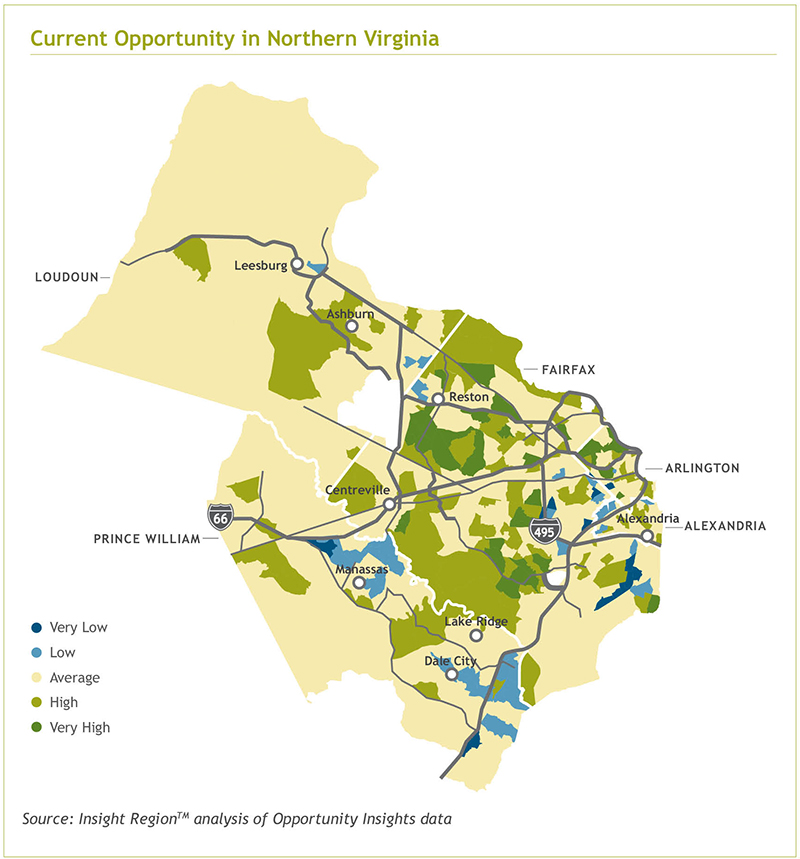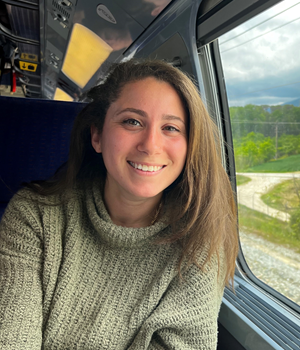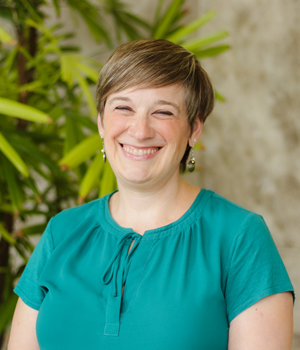by Elizabeth Hughes, Senior Director of Insight RegionTM
Our region is a great place to raise a child, and now, Insight Region has produced one more data point to prove it.
Our next brief in the Inclusive Prosperity series—Spreading the Wealth —explores economic mobility, the likelihood that a child raised in a lower-income family will make it to the top quintile for income as an adult. The brief relies on data from Opportunity Insights, a think tank of out Harvard that has quantified rates of economic mobility for every census tract in the country. And their data show that of the region’s kids who grew up at or near poverty in the 1990s, approximately one in five achieved economic mobility, the highest rate of any metro area in the country.* Northern Virginia also had the highest rates of mobility among Black and Hispanic children; ten percent of Black children raised here in a lower-income family achieved economic mobility, four times higher than the national average.
The region has changed a lot since this initial cohort was growing up—since 1980, the population has doubled and GRP has grown from $42 billion to $225 billion in 2019—but on the factors that exert a causal influence over mobility (yes, causal), we remain higher than most other parts of the country. If history is any indication, the region overall has the right mix of factors to continue to produce high rates of mobility.
However, the presence (and in our case, abundance) of these opportunity factors is just one of two key ingredients in the “recipe” for economic mobility; neighborhoods must have opportunity factors AND children who will benefit from them, i.e., those at or near poverty. Unfortunately, Northern Virginia is missing this second key ingredient; the region overall has much lower rates of children at or near poverty than other metro areas, and those that do live here tend not to live in the neighborhoods that offer these opportunities. Of the approximately 113,000 children (one in five) who lived at or near poverty in Northern Virginia in 2015-19, nearly half lived in a neighborhood with relatively low levels of college education, and over a third lived in neighborhoods with relatively low levels of nuclear families, early achievement, social capital, and residential inclusion.
“Spreading the wealth” means extending the opportunities available to most neighborhoods to all neighborhoods, concentrating on locations where children at or near poverty live and on the factors that matter most to economic mobility:
Locations
- Manassas-Manassas Park
- Lower Rt 1 Corridor in Prince William
- Upper Rt 1 Corridor in Fairfax
- "Inner Beltway" around Annandale, Seven Corners, and South Arlington
- Sterling-Herndon

Factors
- Early Achievement: Invest in evidence-based early education
- College Education: Upskill and match residents without a degree to living-wage employment
- Social Capital: Engage residents in decision making
- Nuclear Families: Provide material and emotional support to single parents
- Residential Inclusion: Help residents afford to stay in their homes and communities


 Questions?
Questions? Questions?
Questions?



